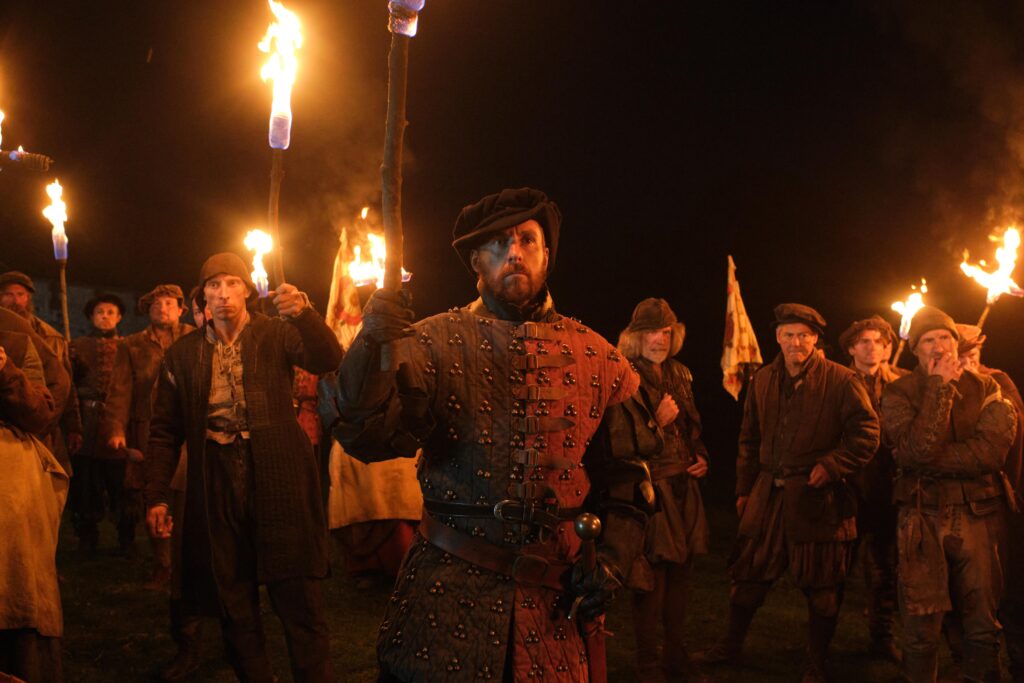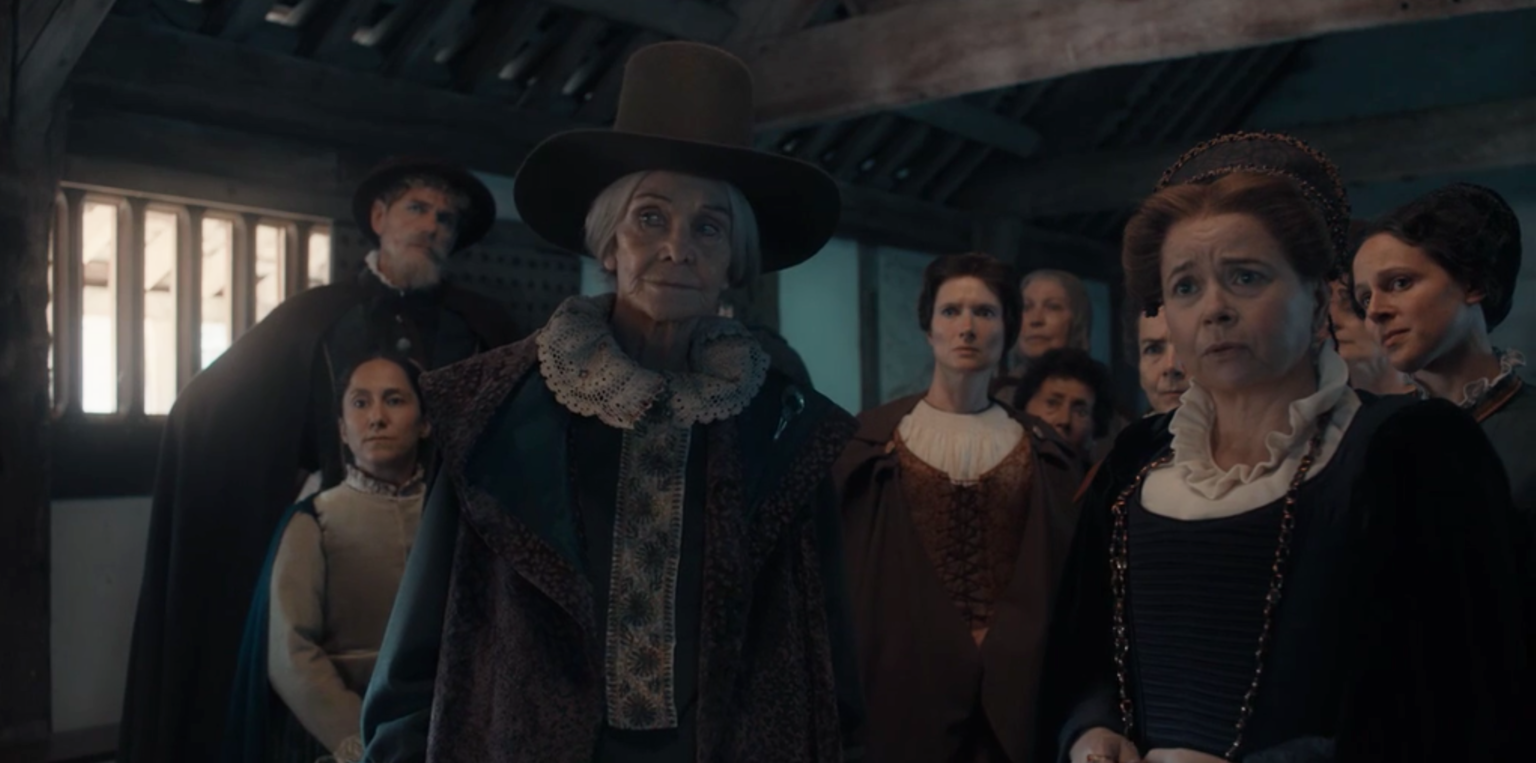1) Make time for rehearsal. Often neglected, rehearsal for an ensemble is just as key as for your principles and saves time in the long run and production costs. Using your Movement Director or Coach to brief actors, SA’s, play, explore scenes, characters and context so they are more familiar, equipped with ideas in their back pocket and can be more organic and ready when on set.
2) Empower them to manage the energy. A good Movement Director can ensure ongoing motivation on set or location with mini ‘warm ups’ and ad hoc workshopping if given the freedom to do so. Keeping your SA’s creatively inspired, engaged, focused and ready keeps the energy up so they’re ready for action whenever you need them.
3) Give your coach a creative voice on set. Having built a relationship with SA’s, your movement coach can be a diplomatic and well placed ‘directors’ voice on set. Whilst your first AD is keeping the production moving, your movement director can help keep the performance on point. Giving your Movement Director time to finesse the crowd for everyone to work together and ensure continuity is game changing. This isn’t just about blocking and timekeeping, this is about performance too.
4) Recognise your SA’s as creative assets in their own right. By using a movement director or coach you are enabling the supporting artists to feel part of the team and valuable assets with their own unique performance. This in turn supports the featured artists and consequently strengthens their performance too. When approached as artists, as a good Movement Director would do, SA’s can become a sensitive, responsive and valuable contribution to the story you are trying to tell.
5) Your movement director is the lynch pin between many moving parts, give them the time and space to do their best work. Facilitating good communication between your Movement Director, 1st AD and your SA’s on set is vital. Amid frequent crew changes, your Movement Director is a constant presence that can act as a helpful bridge between you and your team.

Do check out more of my Behind the Scenes: Stories of a Movement Coach articles, feel free to sign up here to be the first to hear about my latest news, industry thoughts and behind the scenes insights.
